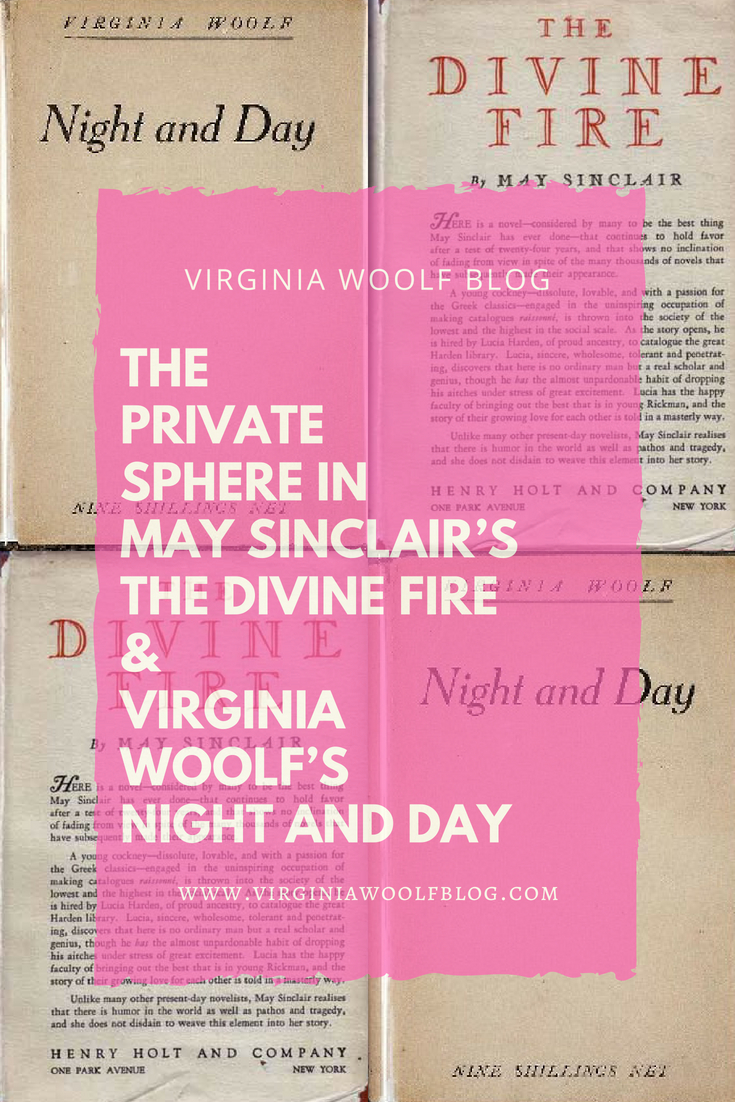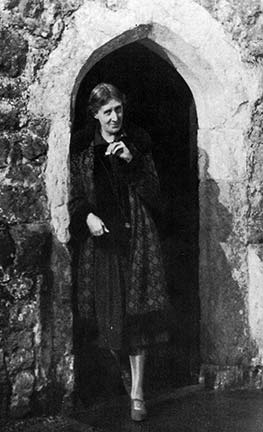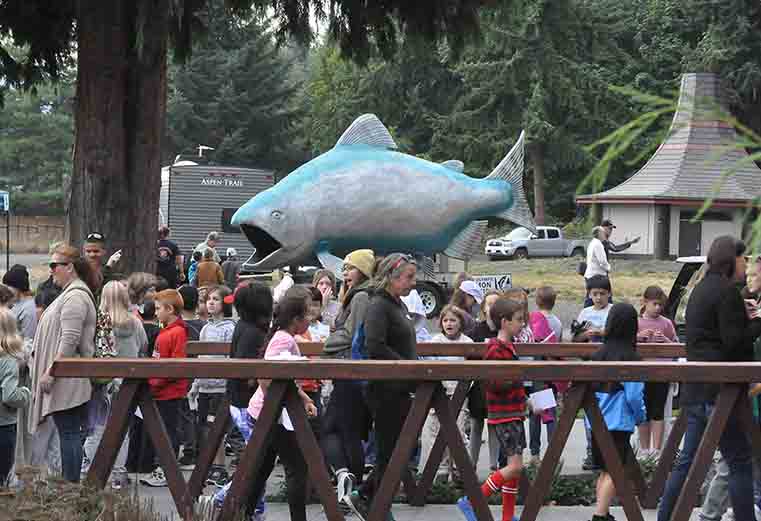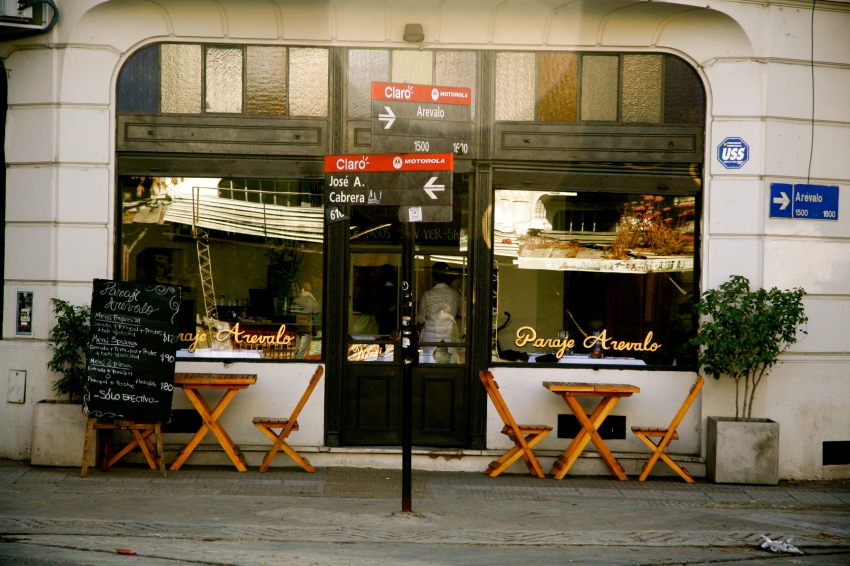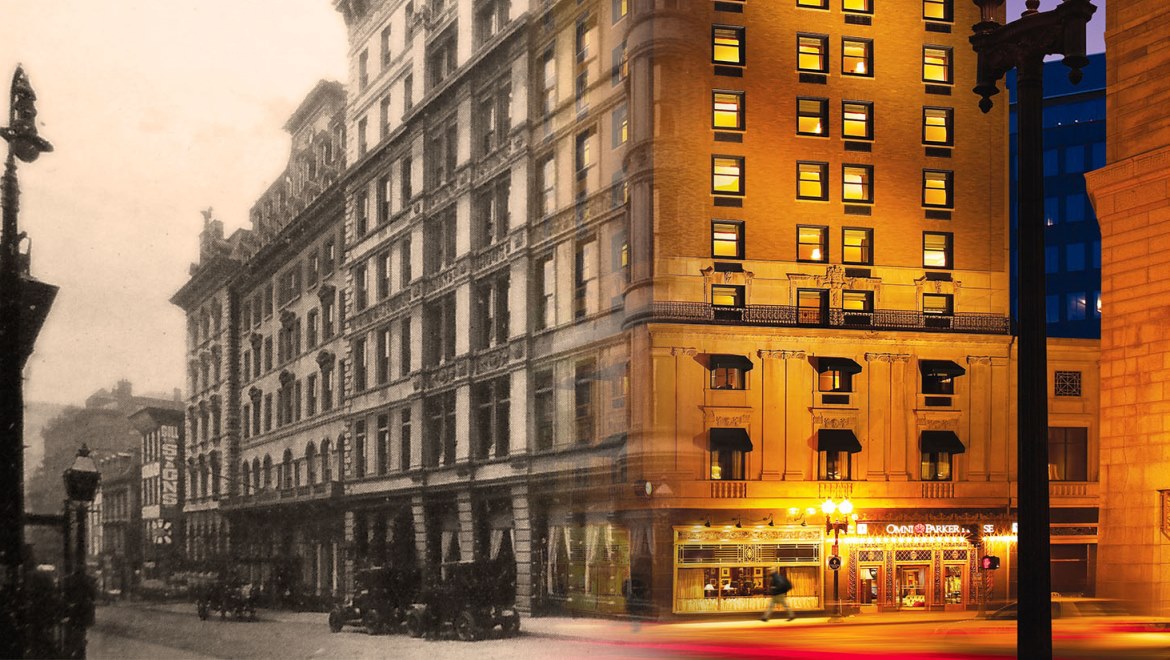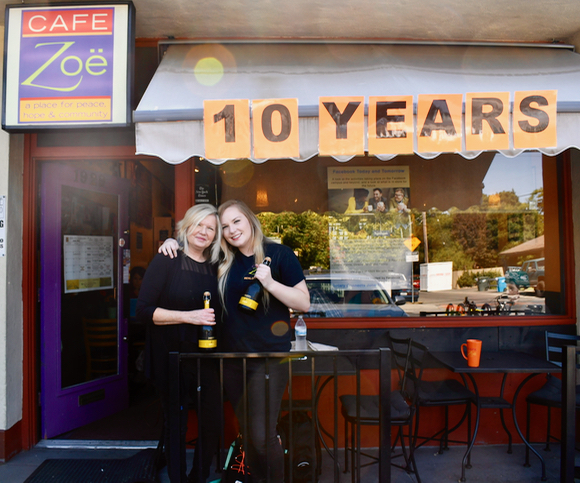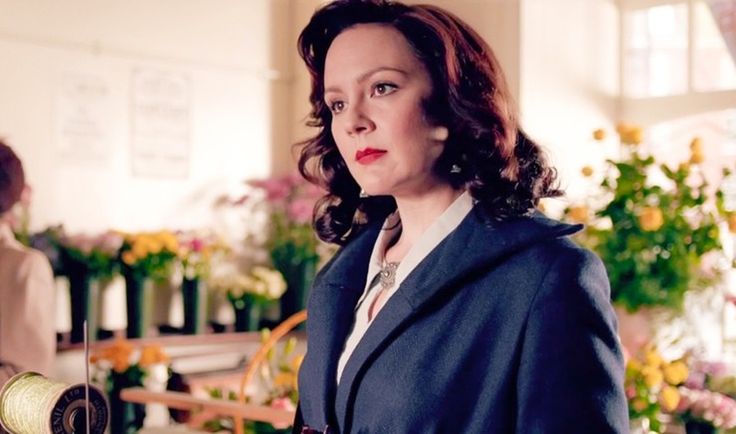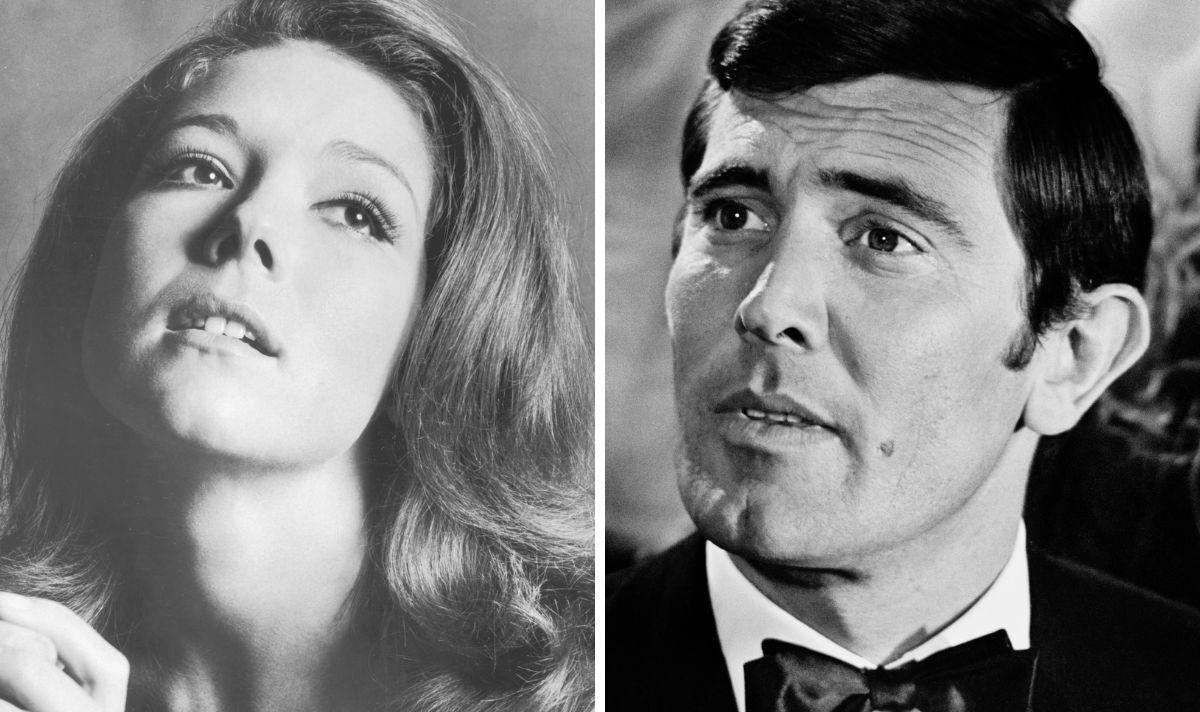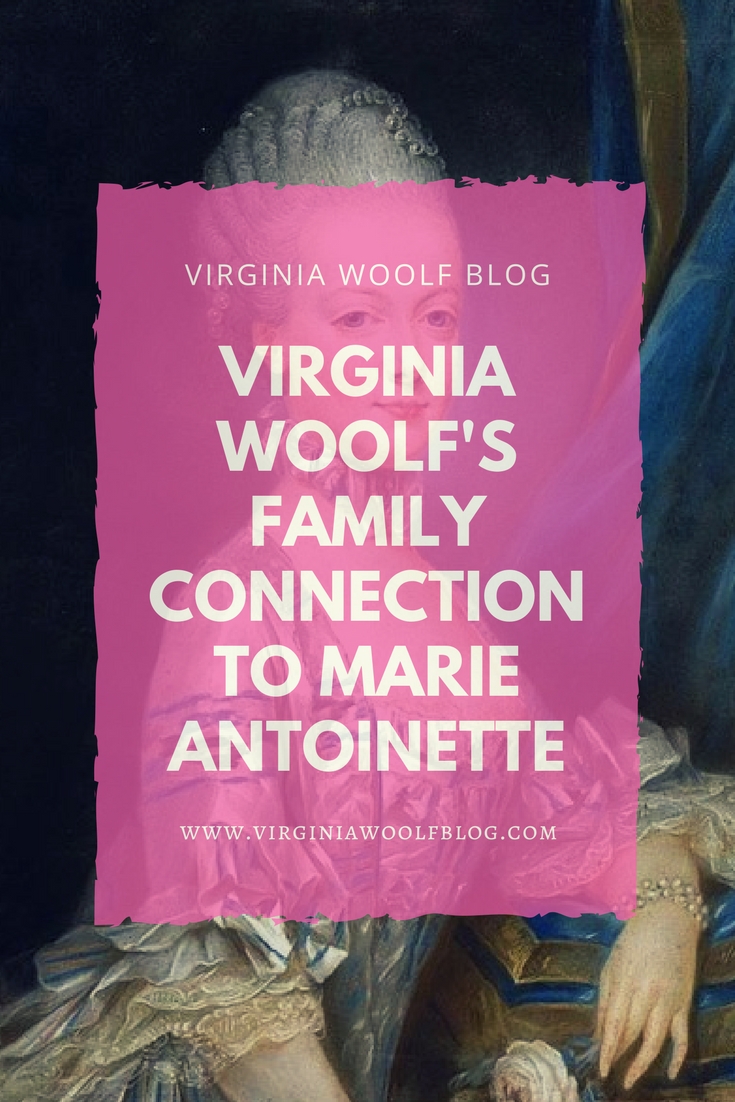
Although Virginia Woolf was a well-known Englishwoman, Virginia Woolf’s family had a surprising connection to French aristocracy.
Woolf had French roots on her mother’s side of the family and was a direct descendant of one of Marie Antoinette’s personal attendants, a man named Chevalier Pierre Ambrose Antoine de L’Etang. Woolf was De L’Etang’s great-great granddaughter.
Born on July 20, 1757, De L’Etang came from a long line of French nobleman and, at the age of 13, was appointed as a personal page to the young Marie Antoinette, who was then the new princess of France. De L’Etang eventually become stable master of the royal stables at Versailles and also became a member of King Louis XVI’s Garde du Corps.
There are many conflicting accounts of De L’Etang’s life. According to Virginia’s biography by her nephew, Quentin Bell, De L’ Etang was banished from France by King Louis XVI in the 1780s for having a liaison with Marie Antoinette and was sent to India to serve in a cavalry regiment in Pondicherry where he met the Indian-born Therese Blin de Grincourt, whom he married.

Yet other sources, such as the book Lady Henry Somerset by Kathleen Fitzpatrick, indicate De L’Etang stayed with the royal family throughout the French Revolution, even standing by Marie Antoinette’s side in the prison Conciergerie, and only fled France for India in order to escape the guillotine himself.
However and whenever De L’Etang got to India, once there he found employment with Nawab of Awadh in the Nawab’s stables in Lucknow and had three daughters with his wife.
De L’Etang’s daughters grew up and married English men and, over the course of 60 years, the succeeding generations of the family moved back and forth between India, France and England until Virginia Woolf’s mother, Julia Prinsep Jackson, who was born in India, moved back to England with her parents in 1848.
After the death of Julia’s first husband, Herbert Duckworth, Julia later married Sir Leslie Stephen and gave birth to Virginia Woolf in London in 1882.
Virginia Woolf was well aware of her French ancestor and her connection to Marie Antoinette and even mentioned De L’Etang several times, although not by name, in her most famous novel, Mrs. Dalloway, when she described him as a French great-grandfather of the main character, Sally:
“Sally always said she had French blood in her veins, an ancestor had been with Marie Antoinette, had his head cut off, left a ruby ring…And Sally used to be in rags and tatters. She had pawned her grandmother’s ring which Marie Antoinette had given her great-grandfather to come to Bourton. Oh Yes, Sally remembered, she had it still, a ruby ring which Marie Antoinette had given her great-grandfather.”
It’s not known if Marie Antoinette really gave De L’Etang a ruby ring or if it had been passed down to his ancestors, but it is known that he was not executed in France and instead lived out the rest of his life in India.
For more information about Virginia Woolf’s family, check out the following article: Virginia Woolf’s Family Tree.
Sources:
Fitzpatrick, Kathleen. Lady Henry Somerset. Little, Brown and Company 1923.
Bell, Quentin. Virginia Woolf: a Biography. Hartcourt Books, 1972.
Woolf, Virginia. Mrs. Dalloway. Hogarth Press, 1925.

